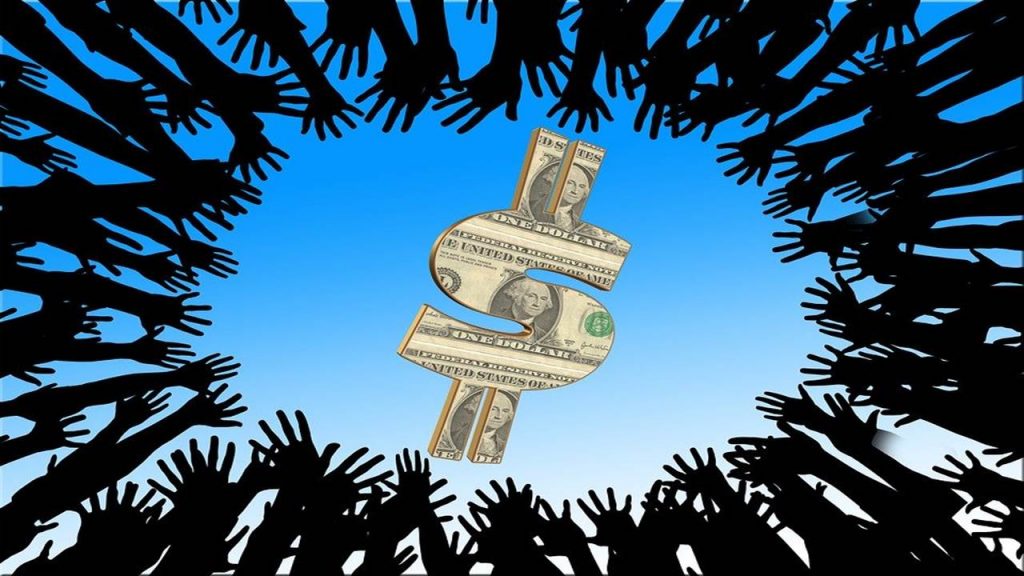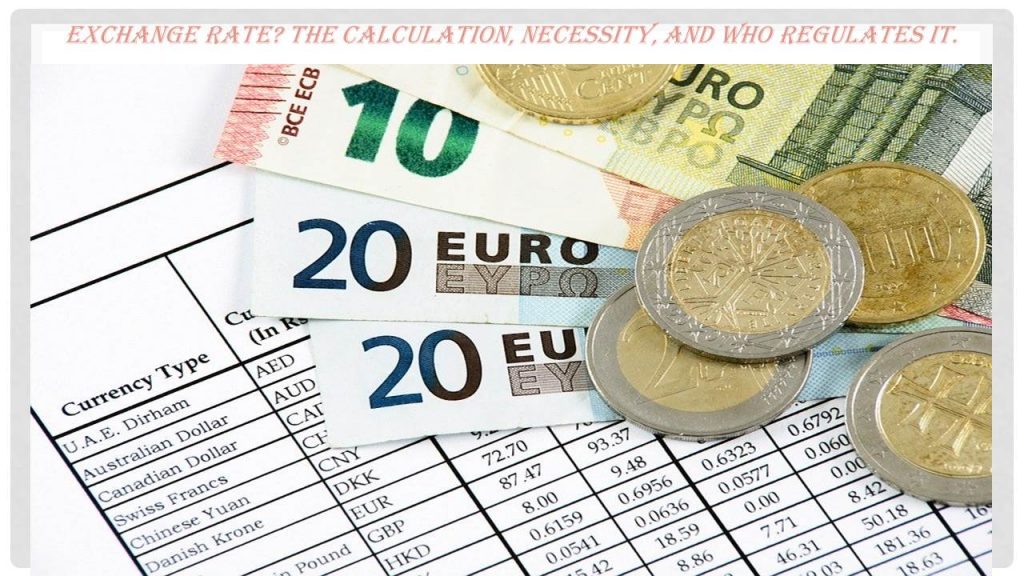A rate is a co-efficient that expresses the link between two magnitudes. Change, meanwhile, is to substitute one thing for another. The notion of the exchange rate, refers to how much of an X currency can be acquired with a Y currency. That is, how many Argentine pesos do I need to buy a dollar, or how many bolivars will I have to deliver to receive a euro, for example.
It is, therefore, the exchange relationship that exists between the currencies of two countries. The exchange rates can be real or nominal. The real exchange rates indicates the relationship that exists when an individual wants to exchange products or services between two nations, while the nominal exchange rate is the direct link between a foreign currency and another.

Changes in Exchange Rates:
The nominal change is expressed in terms of the national currency and to simplify the concept we could say that it is the number of units of this one that needs to be delivered to get a unit of a particular foreign currency or how many units of the national currency are they obtain when delivering an amount from abroad. This value changes over time; The worse the economic situation of a country, the higher this change will be.
Expressed in values, if, for example, to obtain a euro, it is necessary to deliver 5 Argentine pesos, the nominal exchange rate between countries or regions, in this case, Argentina ($) and the European Union (€)is 5 $ / €. To know how much you will get from a certain amount of pesos, you must multiply by the exchange rate. If we had, for example, € 100 and sold them for the change of $ 5 / €, we should perform the following operation € 100 * $ 5 / € and get $ 500. Otherwise, the amount of pesos would be divided by the exchange rate: $ 1000 / $ 5 / € = $ 1000 * € 1 / $ 5, which would return us € 200.
Two important concepts of Exchange Rate:
- Real appreciation: refers to the variation of the assets of a country concerning foreigners, becoming more expensive, whose consequence is the fall in the real exchange rate;
- Real depreciation: it occurs when the opposite occurs, the assets of one country become cheaper compared to those of another, the price of goods in that other country rises and its consequence is the rise in the real exchange rate.
Another term related to this concept is the exchange rate representative of the market that is usually presented with the abbreviation TRM and is the official indicator of comparisons between regional and foreign currencies; This value is calculated taking into account the sale, and purchase operations carried out in the international financial sector and which must be respected within the territorial borders.
Institutions who regulate the exchange rate
The Central Bank or Reserve Bank of each country is the institution that regulates the exchange rate system. In this way, there can be a fixed exchange rate, where the Central Bank decides the price of the currency and it could not vary (that was the case of Argentina during the time of convertibility, in which a peso was worth a dollar). Another possibility is the floating or flexible exchange rate, where the price of the currency is released to the game of supply and demand.
It is even possible for the Central Bank to choose a floating exchange rate but to develop interventions to maintain the value of the currency within certain parameters. If the price of the foreign currency in question falls too low, the Central Bank starts selling to increase the supply; in the opposite case, the Central Bank is engaged in acquiring to avoid large increases.
Conclusion
Finally, we can talk about the Forex Market, which is the name received by the international institution where currency exchange operations are carried out; It involves private and institutional investors, central banks around the world, and other entities related to the movement of money in the world.

